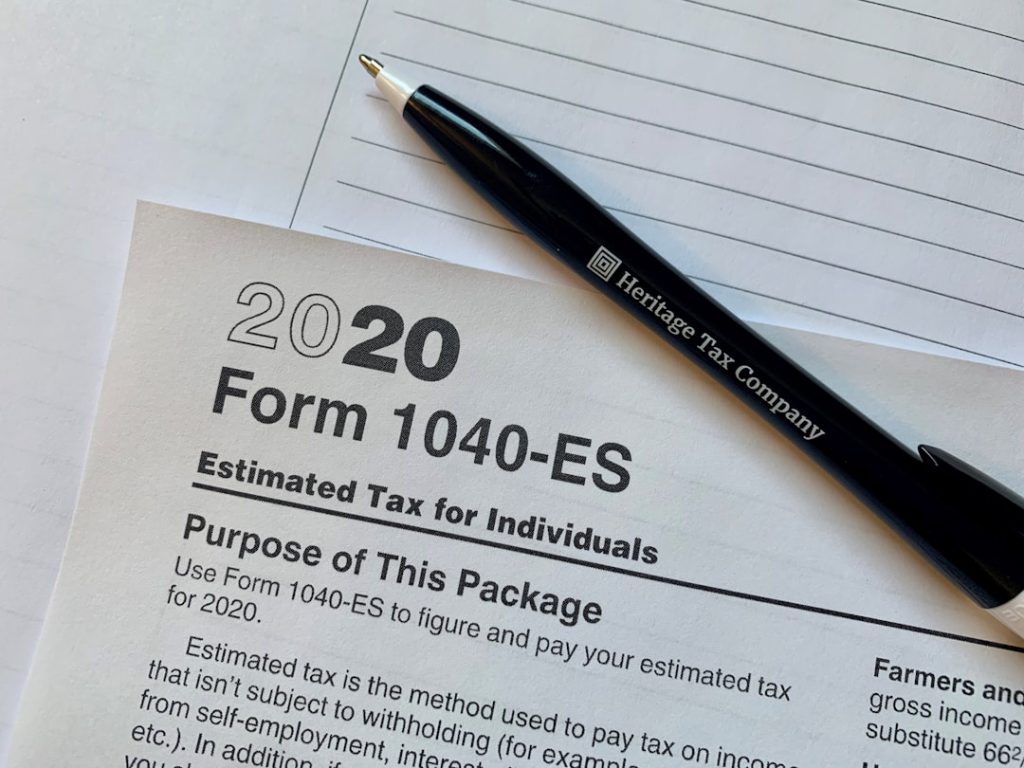Post-tax income, often referred to as disposable income, is the amount of money that remains after all taxes have been deducted from your gross income. This figure is crucial for individuals and families as it directly influences their spending power, savings potential, and overall financial health. To grasp the concept of post-tax income fully, one must first understand the components that contribute to it.
Gross income includes wages, salaries, bonuses, rental income, dividends, and any other earnings before taxes. Once federal, state, and local taxes are applied, along with Social Security and Medicare contributions, the remaining amount is what you can use for living expenses, investments, and savings. The calculation of post-tax income can vary significantly based on several factors, including your tax bracket, the state in which you reside, and any additional deductions or credits you may qualify for.
For instance, a high-income earner in a state with a progressive tax system may see a more substantial portion of their income taxed compared to someone in a lower tax bracket or a state with no income tax. Understanding these nuances is essential for effective financial planning. By knowing your post-tax income, you can make informed decisions about budgeting, investing, and saving for future goals.
Key Takeaways
- Understanding your post-tax income is crucial for effective financial planning and budgeting.
- Strategies for maximizing post-tax income include minimizing tax liabilities and taking advantage of tax-efficient investment options.
- Post-tax planning is important for achieving financial goals and ensuring long-term financial stability.
- Investment options for post-tax income include stocks, bonds, real estate, and other tax-efficient investment vehicles.
- Tax-efficient savings and retirement accounts, such as Roth IRAs and Health Savings Accounts, can help maximize post-tax income and minimize tax liabilities.
Strategies for Maximizing Your Post-Tax Income
Maximizing post-tax income involves a multifaceted approach that includes optimizing your earnings, minimizing tax liabilities, and making strategic financial decisions. One effective strategy is to increase your gross income through career advancement or side hustles. Pursuing additional education or certifications can lead to promotions or higher-paying job opportunities.
Additionally, engaging in freelance work or starting a small business can supplement your primary income, thereby increasing your overall earnings before taxes are applied. Another critical strategy is to take advantage of tax-advantaged accounts. Contributing to retirement accounts such as 401(k)s or IRAs not only helps you save for the future but also reduces your taxable income in the present.
For example, if you earn $60,000 and contribute $5,000 to a traditional 401(k), your taxable income drops to $55,000. This reduction can potentially lower your tax bracket and result in significant savings on your tax bill. Furthermore, understanding the timing of income recognition and deductions can also play a vital role in maximizing post-tax income.
For instance, deferring bonuses or capital gains to a year when you expect to be in a lower tax bracket can yield substantial tax savings.
Importance of Post-Tax Planning

Post-tax planning is an essential aspect of personal finance that often goes overlooked. It involves strategizing how to allocate your post-tax income effectively to achieve both short-term and long-term financial goals. Without a clear plan for your disposable income, it’s easy to fall into the trap of living paycheck to paycheck or failing to save adequately for emergencies or retirement.
By prioritizing post-tax planning, individuals can ensure that they are not only meeting their immediate financial obligations but also building a secure financial future. Effective post-tax planning requires a comprehensive understanding of one’s financial situation, including current expenses, debts, and future financial goals. For example, if an individual has significant student loan debt but also wants to save for a home purchase, they must create a budget that balances debt repayment with savings contributions.
This might involve cutting discretionary spending or finding ways to increase income. Additionally, post-tax planning should include considerations for inflation and changes in lifestyle that may affect future expenses. By proactively managing post-tax income through careful planning, individuals can create a more stable financial foundation and work towards achieving their long-term aspirations.
Investment Options for Post-Tax Income
| Investment Option | Annual Return | Risk Level |
|---|---|---|
| Stocks | 8% | High |
| Bonds | 4% | Medium |
| Real Estate | 6% | Medium |
| CDs | 2% | Low |
Investing post-tax income is a critical component of wealth building and financial security. Once you have calculated your disposable income and allocated funds for essential expenses and savings, the next step is to consider how to invest the remaining amount effectively. There are various investment options available that cater to different risk tolerances and financial goals.
Stocks, bonds, mutual funds, and real estate are some of the most common avenues for investment. Investing in stocks can offer significant growth potential over time but comes with higher volatility. For instance, investing in an index fund that tracks the S&P 500 can provide exposure to a broad range of companies and historically has yielded an average annual return of around 7% after inflation over the long term.
On the other hand, bonds are generally considered safer investments that provide fixed interest payments over time. They can be an excellent option for those looking for stability in their investment portfolio. Real estate investment is another avenue that can generate passive income through rental properties while also appreciating in value over time.
Tax-Efficient Savings and Retirement Accounts
Utilizing tax-efficient savings and retirement accounts is paramount for maximizing post-tax income growth. Accounts such as Roth IRAs and Health Savings Accounts (HSAs) offer unique tax advantages that can significantly enhance your financial situation over time. A Roth IRA allows individuals to contribute after-tax dollars; however, qualified withdrawals during retirement are tax-free.
This means that any investment growth within the account is not subject to taxation when withdrawn in retirement, making it an attractive option for younger investors who expect to be in a higher tax bracket later in life. Health Savings Accounts (HSAs) provide another layer of tax efficiency by allowing individuals to save for medical expenses with pre-tax dollars. Contributions made to an HSA are tax-deductible, reducing taxable income in the year they are made.
Additionally, funds in an HSA grow tax-free and can be withdrawn tax-free for qualified medical expenses. This triple tax advantage makes HSAs one of the most effective tools for managing healthcare costs while simultaneously contributing to long-term savings.
Taking Advantage of Tax Deductions and Credits

Tax deductions and credits play a crucial role in reducing overall tax liability and maximizing post-tax income. Deductions lower taxable income by allowing taxpayers to subtract certain expenses from their gross income before calculating their tax owed. Common deductions include mortgage interest, student loan interest, and contributions to retirement accounts.
For example, if you paid $10,000 in mortgage interest during the year and your gross income was $70,000, your taxable income would be reduced to $60,000. Tax credits differ from deductions in that they directly reduce the amount of tax owed rather than taxable income. For instance, the Earned Income Tax Credit (EITC) provides significant benefits for low- to moderate-income working individuals and families by reducing their tax liability dollar-for-dollar.
Similarly, education credits such as the American Opportunity Credit can help offset the costs of higher education by providing up to $2,500 per eligible student per year. By understanding and utilizing available deductions and credits effectively, taxpayers can significantly enhance their post-tax income.
Consulting with a Financial Advisor for Post-Tax Income Optimization
Engaging with a financial advisor can be instrumental in optimizing post-tax income strategies tailored to individual circumstances. Financial advisors possess expertise in navigating complex tax laws and investment options that may not be readily apparent to the average individual. They can provide personalized advice based on your financial goals, risk tolerance, and current economic conditions.
For example, an advisor might recommend specific investment vehicles or strategies that align with your long-term objectives while minimizing tax implications. Moreover, financial advisors can assist in creating comprehensive financial plans that encompass budgeting, saving for retirement, and managing debt effectively. They can help identify areas where you may be overspending or missing out on potential savings opportunities.
By working with a professional who understands the intricacies of post-tax income management, individuals can make informed decisions that lead to greater financial stability and growth over time.
Long-Term Planning for Post-Tax Income Growth
Long-term planning is essential for ensuring sustainable growth of post-tax income throughout one’s life. This involves setting clear financial goals that extend beyond immediate needs and considering factors such as inflation, lifestyle changes, and retirement plans. Establishing a diversified investment portfolio is one way to safeguard against market volatility while aiming for consistent growth over time.
A well-balanced portfolio typically includes a mix of stocks, bonds, real estate investments, and possibly alternative assets like commodities or cryptocurrencies. Additionally, regularly reviewing and adjusting your financial plan is crucial as life circumstances change—such as marriage, having children, or nearing retirement age—can significantly impact financial priorities and strategies. For instance, as individuals approach retirement age, they may shift their investment strategy from growth-oriented assets to more conservative options that prioritize capital preservation and generate steady income streams.
By maintaining flexibility in long-term planning and being proactive about adjustments based on life changes or market conditions, individuals can enhance their post-tax income growth potential while ensuring they remain on track toward achieving their financial goals.




